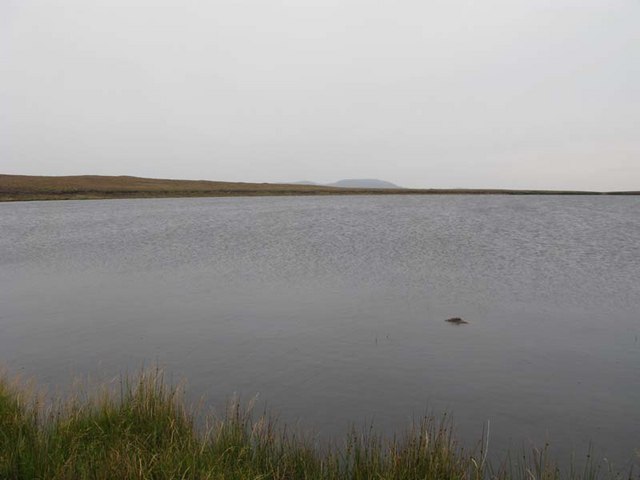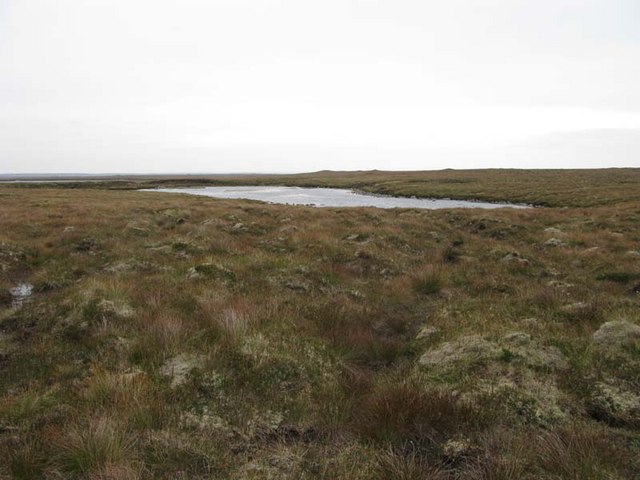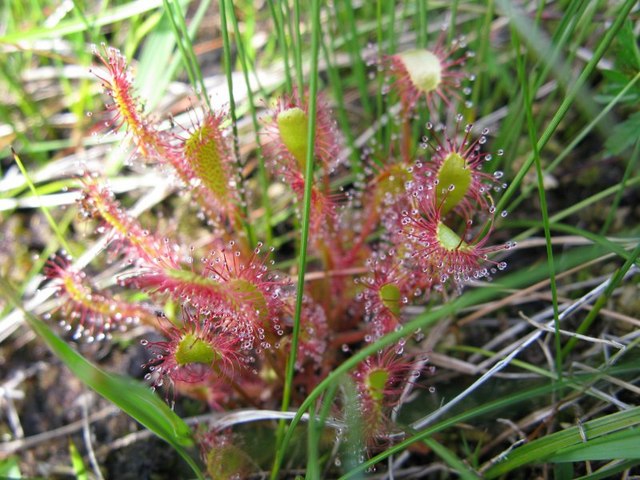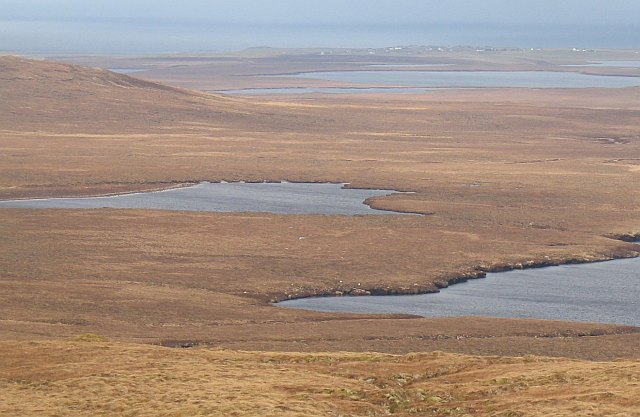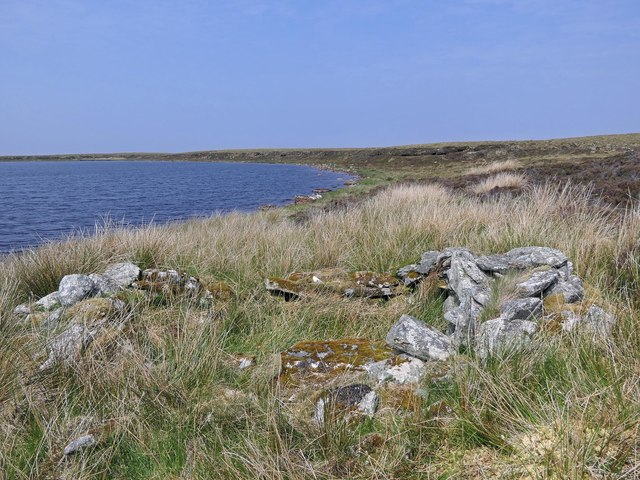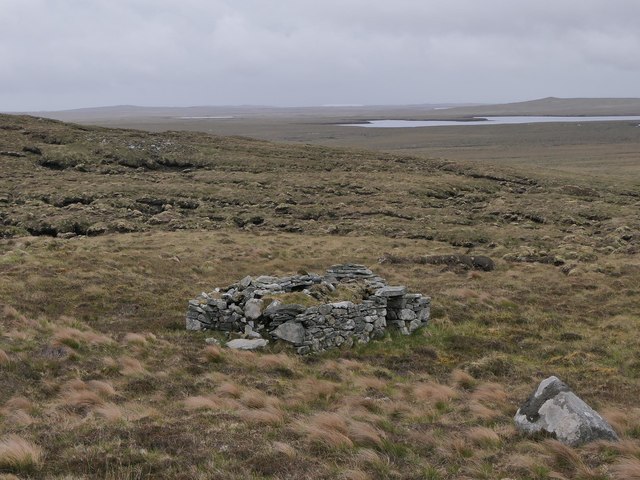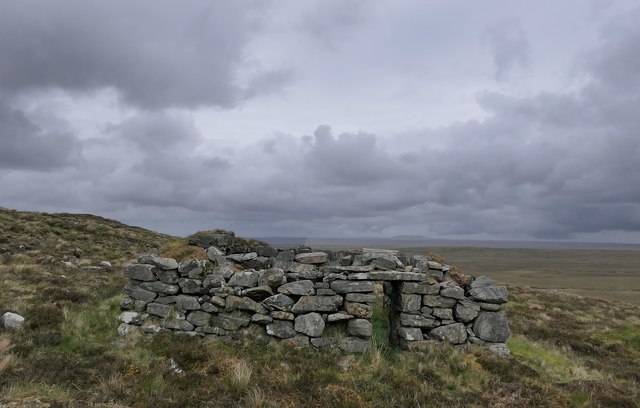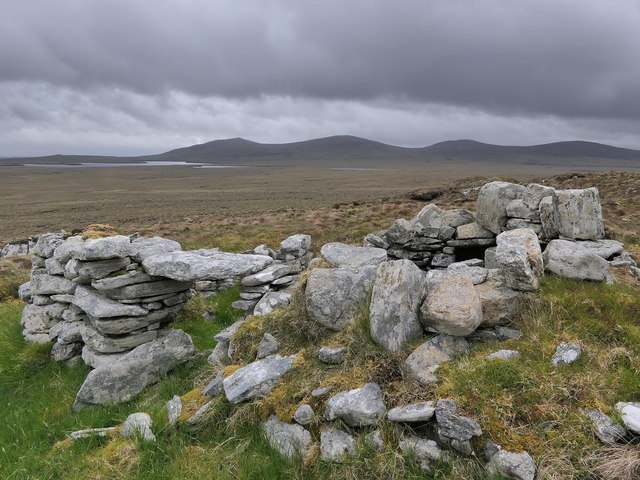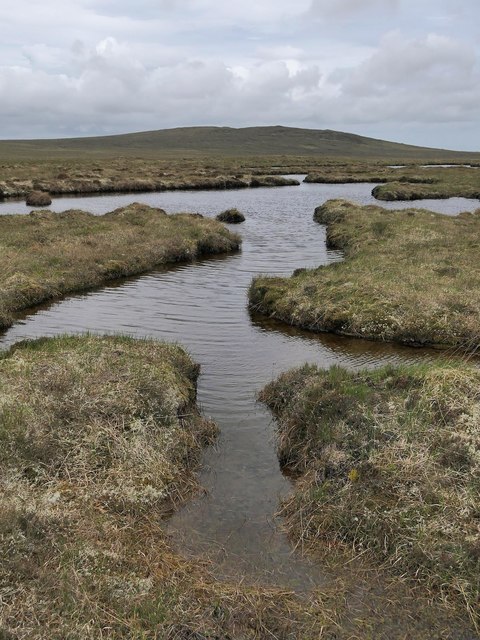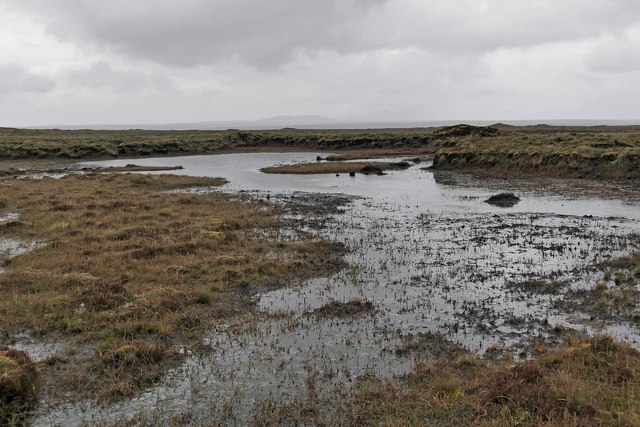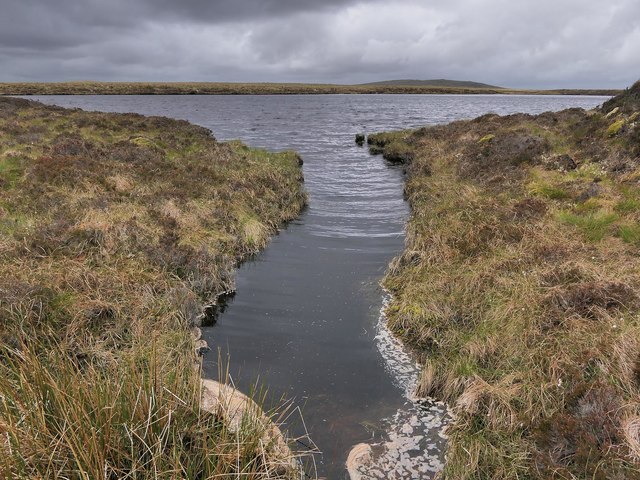Loch Stiana Bhreag
Lake, Pool, Pond, Freshwater Marsh in Ross-shire
Scotland
Loch Stiana Bhreag
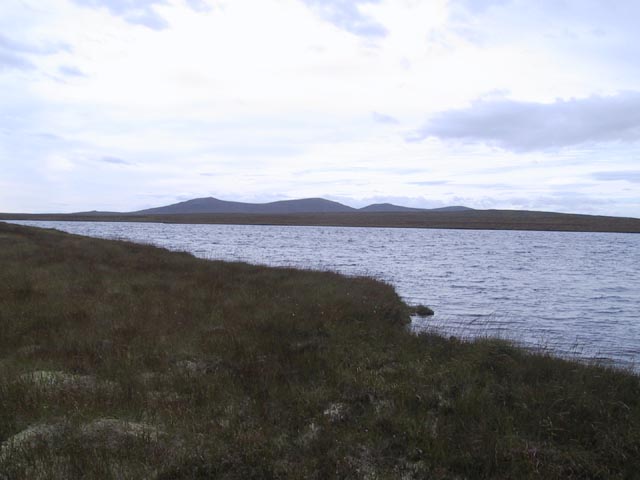
Loch Stiana Bhreag is a picturesque freshwater loch located in Ross-shire, Scotland. With its serene beauty and tranquil surroundings, it is a popular destination for nature enthusiasts and those seeking a peaceful retreat.
Spanning an area of approximately 50 acres, the loch is nestled amidst rolling hills and lush greenery, providing a stunning backdrop for visitors. It is situated within the sprawling landscape of the Scottish Highlands, known for its rugged terrain and breathtaking vistas.
The loch is fed by several small streams and springs, ensuring a constant supply of fresh, clean water. Its crystal-clear waters are home to a diverse range of aquatic life, including fish such as trout and perch. The loch's shores are lined with reeds and rushes, creating a haven for various bird species, including swans, ducks, and herons.
Surrounding the loch, visitors can find a freshwater marsh, which acts as a vital habitat for numerous plants and animals. This marshland is rich in biodiversity, with a variety of wetland plants thriving in its damp and nutrient-rich soil. It serves as a breeding ground for many amphibians, insects, and birds, making it a popular spot for birdwatching and wildlife observation.
The loch offers a range of recreational activities for visitors to enjoy. Fishing enthusiasts can cast their lines into the water, hoping to catch a prized trout or perch. Additionally, the calm waters of the loch make it ideal for boating and kayaking, providing an opportunity to explore its nooks and crannies.
In summary, Loch Stiana Bhreag is a picturesque freshwater loch in Ross-shire, Scotland, offering a tranquil retreat for nature lovers. Its clear waters, surrounding marshland, and diverse wildlife make it a must-visit destination for those seeking a peaceful and immersive natural experience.
If you have any feedback on the listing, please let us know in the comments section below.
Loch Stiana Bhreag Images
Images are sourced within 2km of 58.29021/-6.5162104 or Grid Reference NB3542. Thanks to Geograph Open Source API. All images are credited.
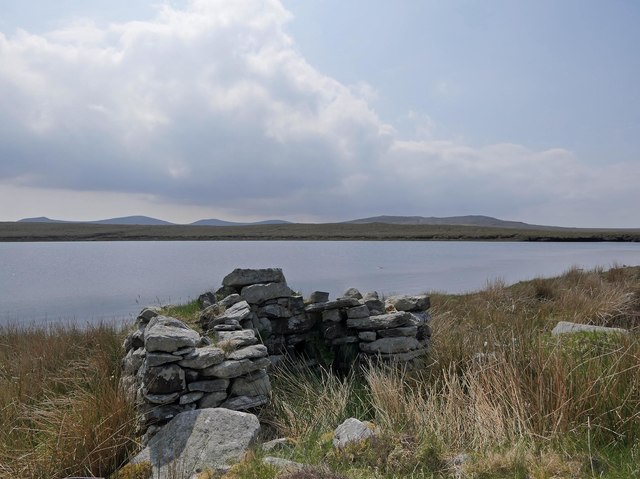
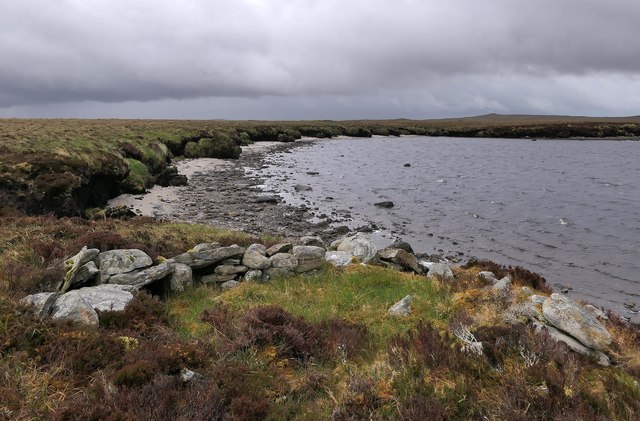
Loch Stiana Bhreag is located at Grid Ref: NB3542 (Lat: 58.29021, Lng: -6.5162104)
Unitary Authority: Na h-Eileanan an Iar
Police Authority: Highlands and Islands
What 3 Words
///shields.showrooms.acre. Near Stornoway, Na h-Eileanan Siar
Nearby Locations
Related Wikis
Lewis Peatlands
Lewis Peatlands (Scottish Gaelic: mòinteach Leòdhais) is a large area of blanket bog covering more than one third of the Isle of Lewis, off the west coast...
West Side, Lewis
The West Side (Scottish Gaelic: An Taobh Siar) is the name used for the (predominantly Gaelic-speaking) settlements along the NW coast of the Isle of Lewis...
Brue
Brue (Scottish Gaelic: Brù) is a village on the Isle of Lewis in the West Side district, in the Outer Hebrides, Scotland. It is a crofting township and...
Arnol
Arnol (Scottish Gaelic: Àrnol) is a small village typical of many settlements of the west coast of the Isle of Lewis, in the Outer Hebrides, Scotland....
Have you been to Loch Stiana Bhreag?
Leave your review of Loch Stiana Bhreag below (or comments, questions and feedback).
